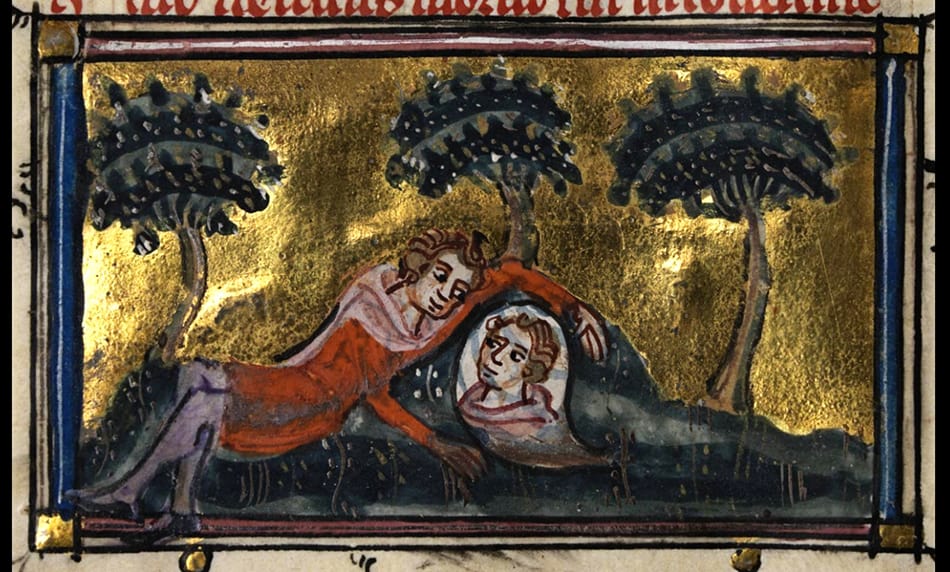Jewish Justice and #MeToo
Joshua Yuter considers rabbinic conceptions of justice in the age of #metoo.
The Mikveh Never Closed: What the Pandemic Has Taught Us About Mikveh
Last year at this time, when the pandemic brought tremendous upheaval to Jewish communal institutions the mikveh remained open for use. In this expansive piece, Mijal Bitton and Elana Stein Hain examine the communal response to mikveh during COVID-19, explore the experiences of women who chose to use--or not use--the mikveh during this time, and offer constructive recommendations for the future.
Istanis: Is it Ever Too Hot for Halakhah?
Moshe Kurtz looks as discomfort as a factor in Halakha
Narcissus and the Nazir
Tzvi Sinensky explores the Talmudic version of the Roman myth of Narcissus
Sharpening the Definition of Holeh Lefanenu: The Diamond Princess and the Limits of Quarantine
Sharon Galper Grossman and Shamai A. Grossman, leading doctors writing from quarantine, explain why even the Noda be-Yehuda, who requires that the sick person be before us, would agree that a public health crisis is subject to the leniencies of pikuah nefesh.
The Development of Neo-Hasidism: Echoes and Repercussions Part III: Shlomo Carlebach and Zalman Schachter-Shalomi
Ariel Evan Mayse considers the neo-Hasidic approaches of Shlomo Carlebach and Zalman Schachter-Shalomi.
Is Silence Complicity?: An Analysis of Shtikah Ke-Hoda’ah from Classic Halakhah to Current Events
Moshe Kurtz explores the different meanings of silence in Halakhah in light of recent political events
Pinhas’ Parts: Of Priests, Peace, and Disturbing the Piece
What was the covenant of peace God gave Pinchas? R. Shlomo Zuckier puts the pieces together to find out
Can I Use Zip-Ties To Hold Down My Sekhakh?
Dan Margulies offers a rundown of the sukkah zip-tie construction, the next
great halakhic frontier
Letters to the Editor: Responses to Michael Broyde on Time-bound Commandments
Two readers respond to Michael Broyde's recent article on time-bound commandments. Leah Sarna critiques Broyde's omission of female scholarship, and Avi Siegal argues that Broyde's unifying theory skews the data.



















 Site Operations and Technology by The Berman Consulting Group.
Site Operations and Technology by The Berman Consulting Group.